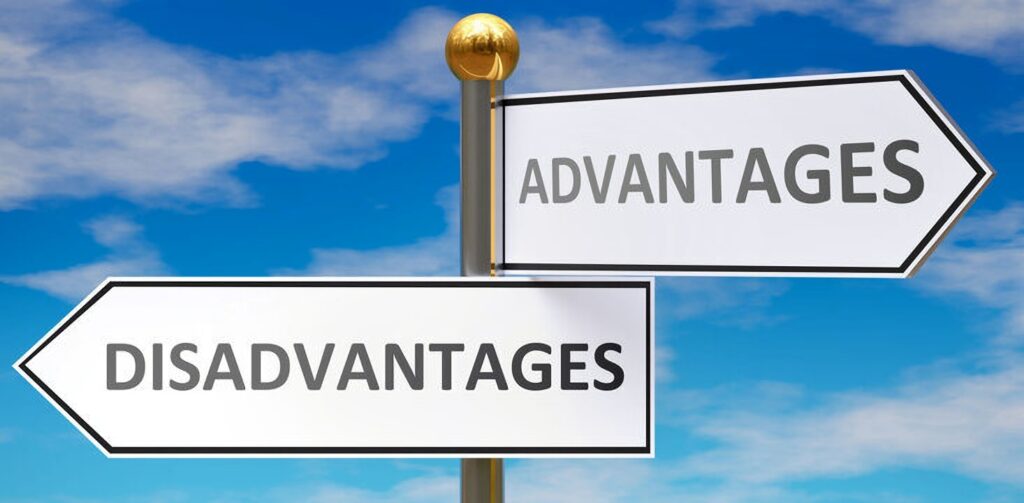What Are Wholesale And Retail Prices?
- 26/09/2022
- HonestFulphilment
This article can help you better understand the difference between retail and wholesale prices.
Definition of the Wholesale Price and Retail Price
What is the Wholesale Price?
Wholesale pricing is what wholesalers charge retailers who buy products in large volumes. The goal of wholesale pricing is to earn a profit by selling goods at a higher price than what they cost to make. For example, if it costs you $6 in labor and materials to make one product, you may set a wholesale price of $10, which gives you a $4 per unit gross profit.
What is the Retail Price?
The retail price is the final price at which the goods are sold to the customers, who are the end users or consumers. This means that these customers are not buying the product to re-sell it but to consume it. The retail price is different from the wholesaler price, which is the price that travels from one seller to another through the supply chain.

Advantages and Disadvantages of Retailers
Retailers are the link between the wholesaler and the consumer”. The role of the retailer is important because they need to determine the final price of the products sold in the store.
Now that we have a clearer understanding of the major retail pricing, let’s take a quick look at the pros and cons of becoming a retailer.
Advantages
Disadvantages
Advantages and Disadvantages of Wholesalers
Advantages
Disadvantages
Retail Price Formula and Wholesale Price Formula
How to Calculate the Retail Price
Different strategies exist for different types of businesses; these strategies should be taken into account when setting retail prices. It is best if you start researching the market and making price comparisons. Also, it is very important to study the customer base.
You should find out the wholesale price and then add the profit margin before going straight to setting the price. Usually, the profit margin is between 55-65%. Of course, calculating retail prices depends on the type of business and market you have. There is a well-known pricing strategy called SRP (Suggested Retail Price) that calculates the retail price based on the formula.
Retail price formula. Retail Price = Wholesale Price / (1 – Markup Percentage)
How to Calculate Wholesale Price
Not only do wholesalers and retailers need to know wholesale prices, but understanding COGM can help you calculate wholesale pricing (the cost of producing clothing). It covers the cost of producing the goods, as well as the money spent on the supply, processing, transportation, and other costs of the finished product.
Need a Quick Quote?
– Competitive price
– Quote within 24 hours
– 30+ Shipping methods
– Dedicated account manager
– Shopify/Woo integrations
– Autofulfil
– Auto tracking
– Plus much, much more

5 Best Wholesale Home Decor Suppliers 2023



10 Best Bikini Brands For Summer 2023








